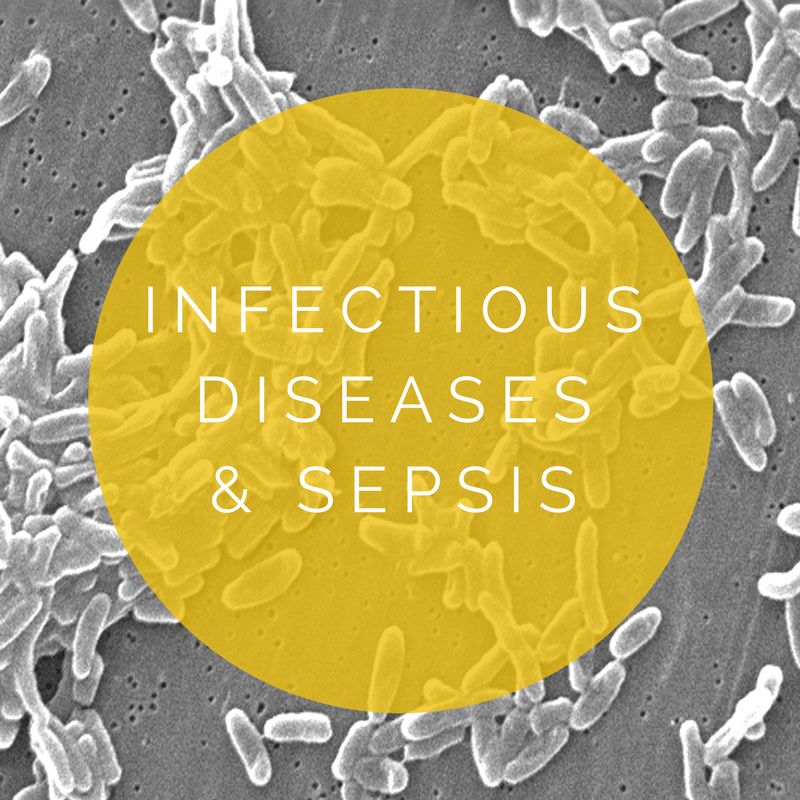Minors
Aims For The Week
Perform a slit lamp examination
Discuss the maximum local anaesthetic doses & their importance
Identify the most appropriate method for closing a wound and perform this technique
Implement a stepwise approach for ENT and opthalmology foreign body removal
Understand when to x-ray a neck, ankle & foot following trauma
List the differential diagnoses and describe management of the atraumatic 'swollen limb'
Summarise the management of needlestick injuries
Describe common childhood injuries, such as a pulled elbow, and their management
List back pain 'red flags' and understand their significance
Anything & Everything
Unlike previous weeks, this week incorporates a multitude of specialities rather than focusing on one. With this in mind our aims for this week are wide ranging, but if you can achieve them all it will really improve your abilities and experience in Minors.
As anyone who has done a ‘Minors’ shift will know, it really could be called the ‘Anything and Everyone Department.’ A large portion of the presenting complaints are of a musculoskeletal nature. However, they also include Ophthamology, ENT and wound management. There are even some ‘major’ conditions which present to the Minor Injuries Unit masquerading as ‘minors.’
Could you spot a Cauda Equina Syndrome or back pain due to bony metastases from a mechanical back pain? This resource on Back Pain Red Flags should help.
One piece of equipment people often get worked up about is the slit lamp. Have a look a this quick guide to the slit lamp to see what all the knobs and dials do and when to use them.
Wounds
Often patients present requiring management of wounds sustained by various aetiologies. To even examine these wounds you may need to administer local anaesthetic. Usually this is Lidocaine, but do you know the maximum safe doses to administer? Often junior doctors new to ED have little or no experience of wound management or suturing- ask a friendly ED senior to teach you, and these resources on wound assessment and management as well as this short video should also help. However, some wounds should never be sutured.
Foreign Bodies
Frequently patients attend due to getting foreign bodies stuck, and it’s not just children who do this. Have a look at these guides to foreign body removal from ears, noses and eyes.
Injuries
We mentioned at the start that a lot of the workload is Orthopaedic. We see lots of ankle and foot injuries, do you know who to x-ray? And how to classify fractures? Are you aware of the Salter Harris and Weber classifications and their significance?
Our brilliant Canadian colleagues have also come up with a rule to prevent you missing neck injuries.
A ‘pulled elbow’ is a common Paediatric minors presentation which can be clinically diagnosed. It is very distressing for the child, but can be treated quickly and easily with manipulation, often providing instant relief for the child.
aTraumatic Joint Swelling
We see a lot of swollen joints, especially knees, in the Emergency Department. Unlike traumatic swelling, the diagnosis can be difficult. There are some things which we need to be careful not to miss, such as Septic Arthritis, so a careful examination and history needs to be taken, even if the problem seems more chronic.




















